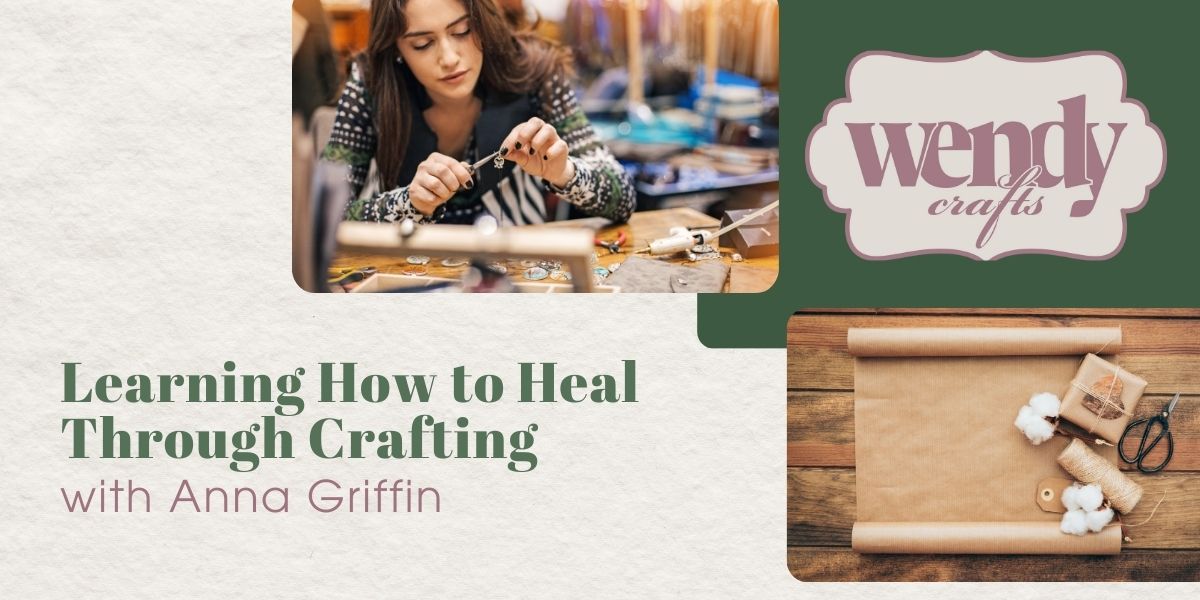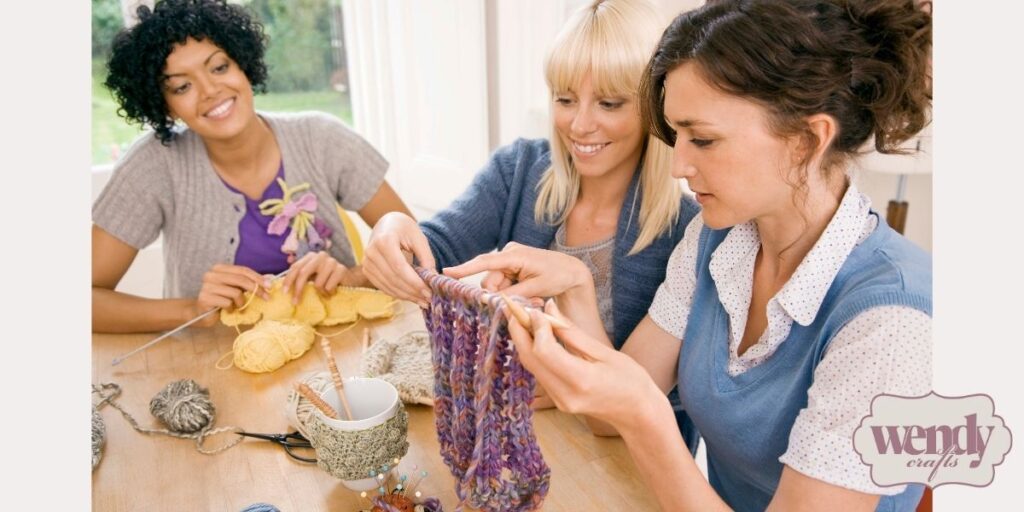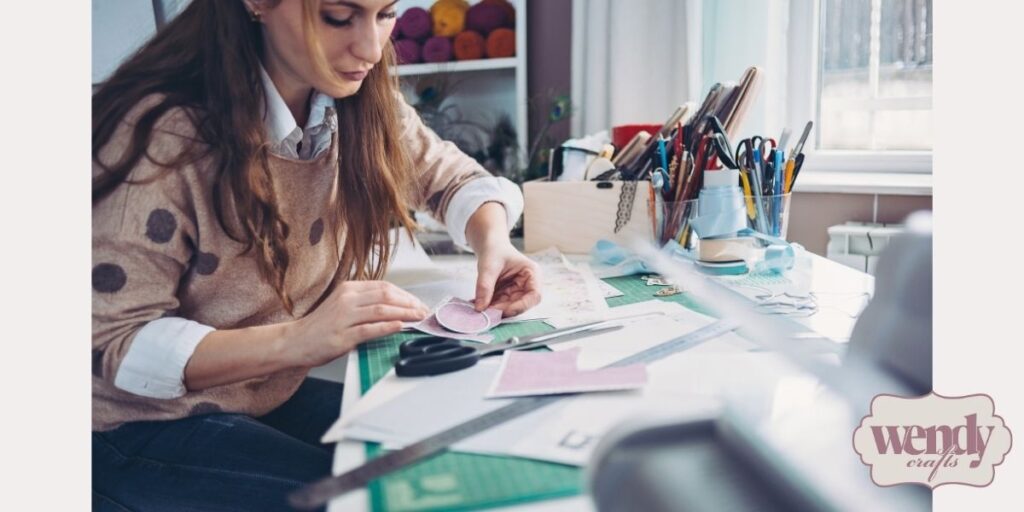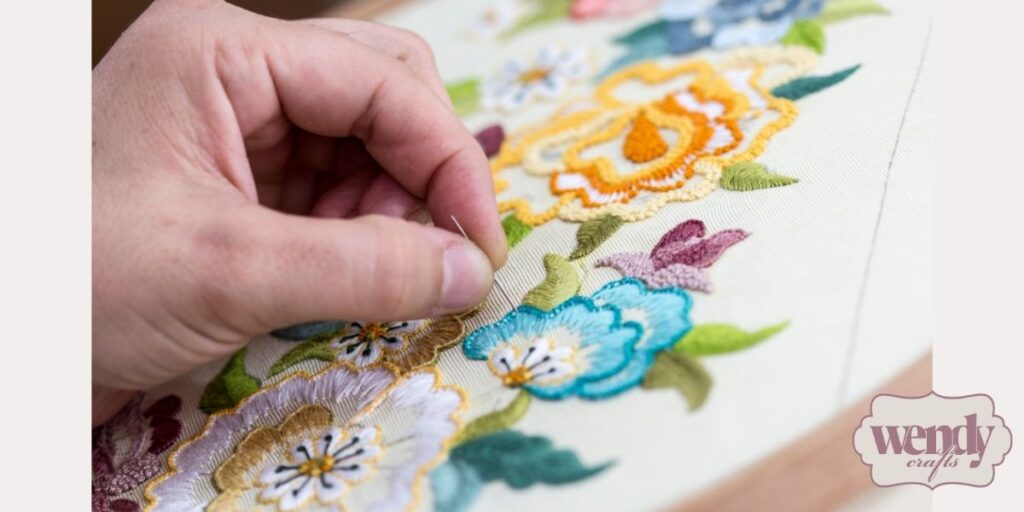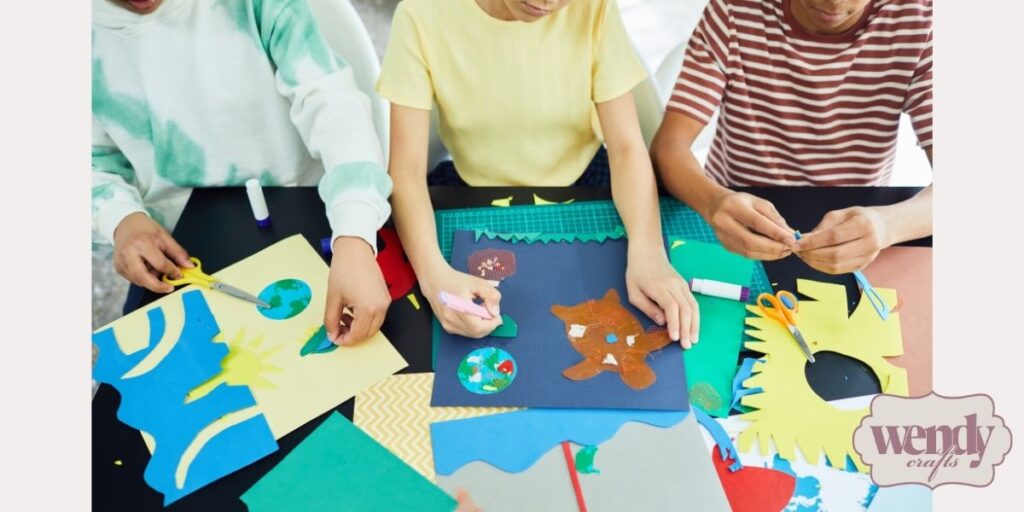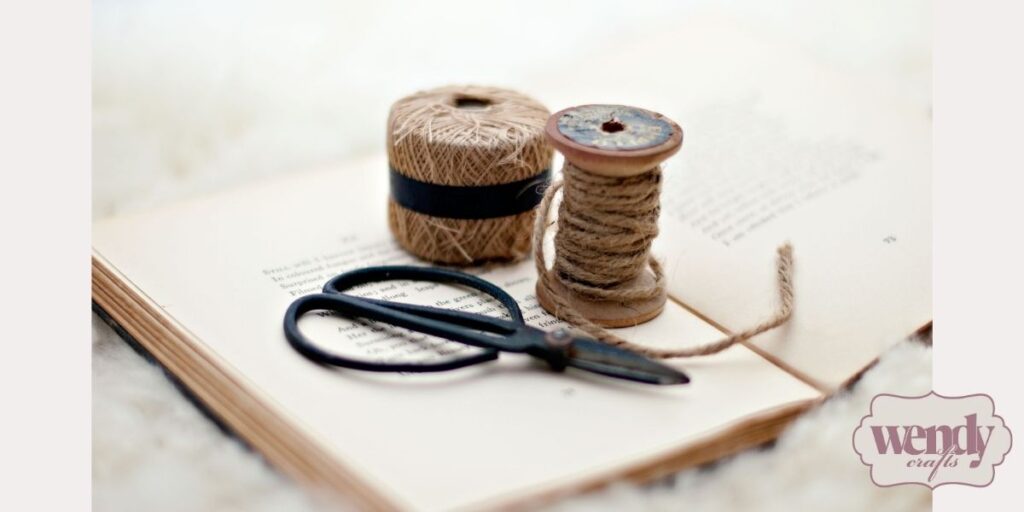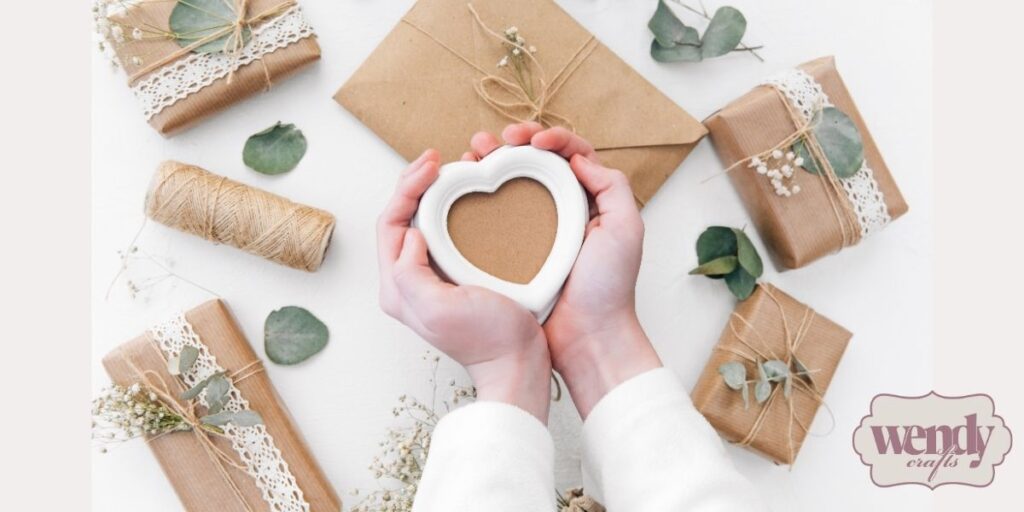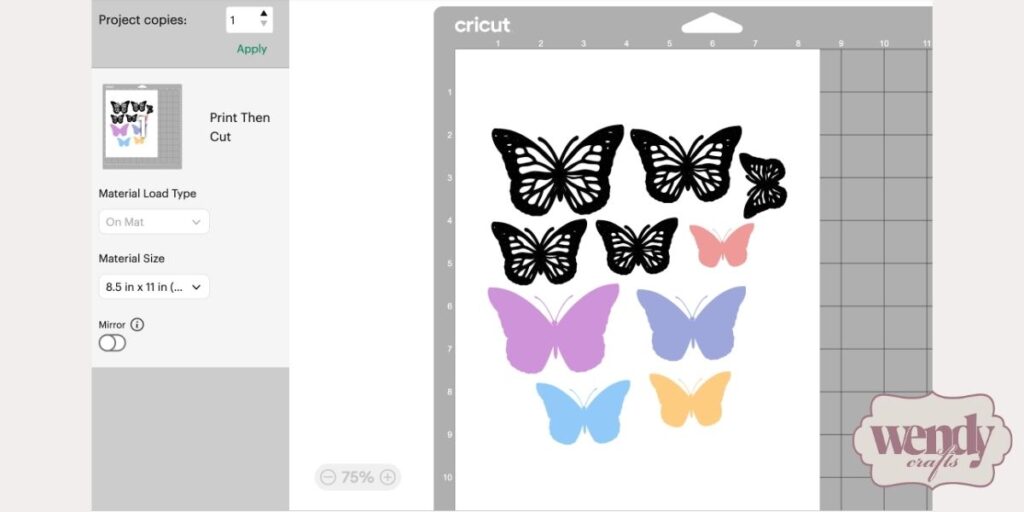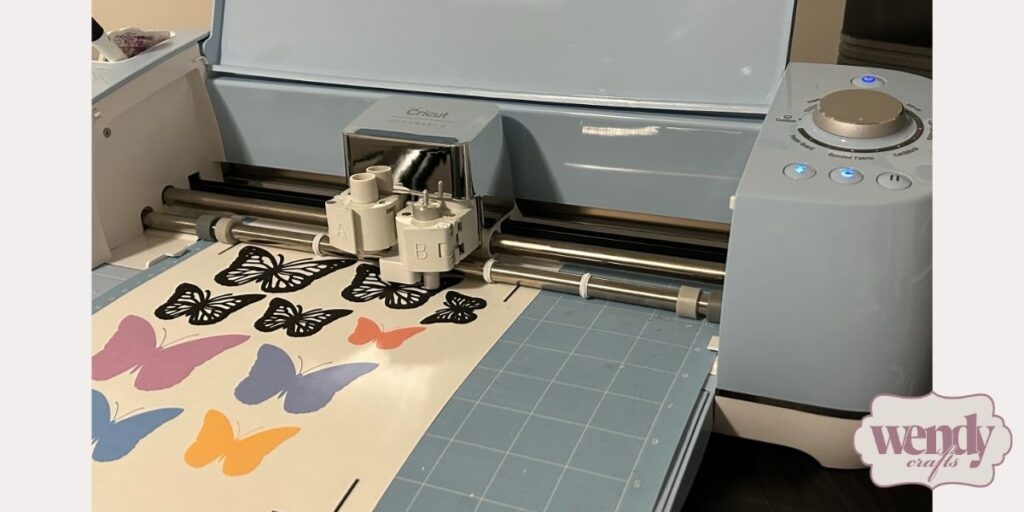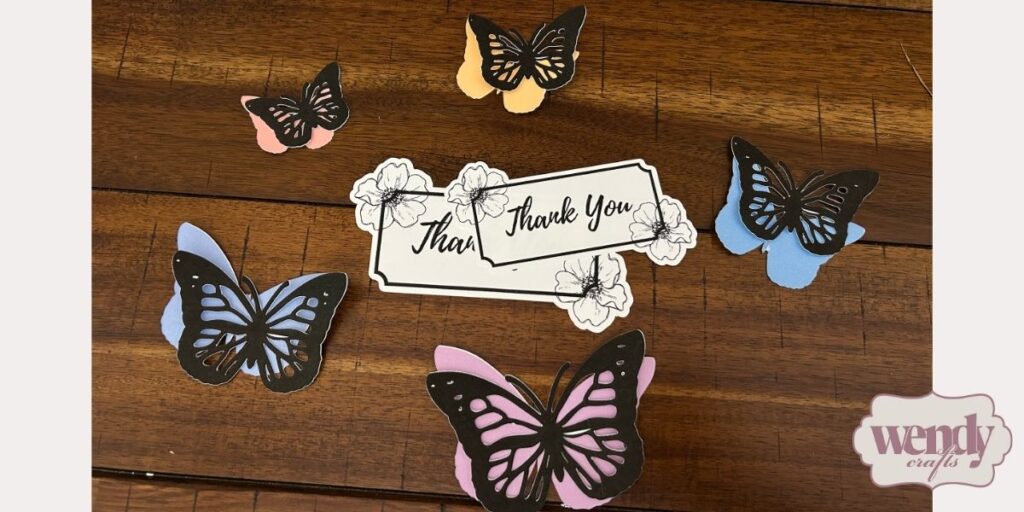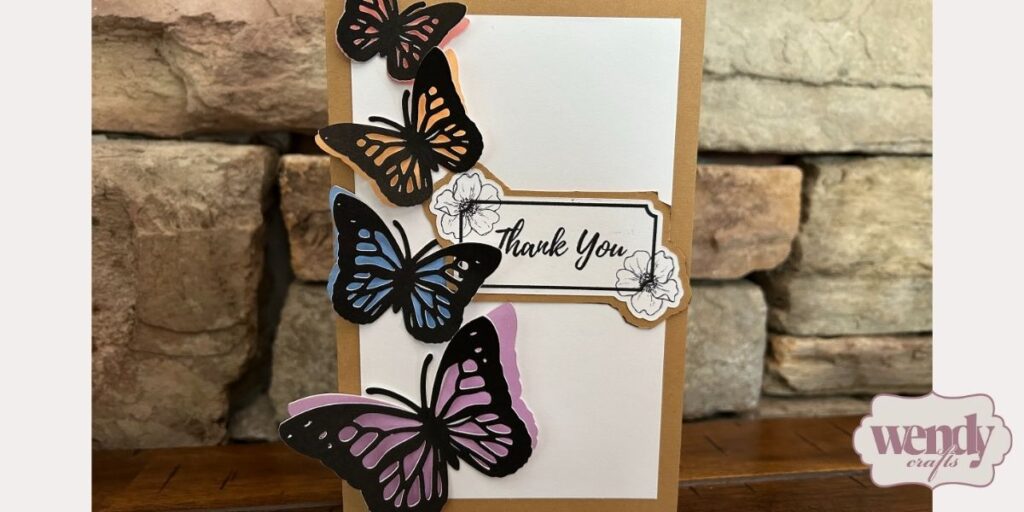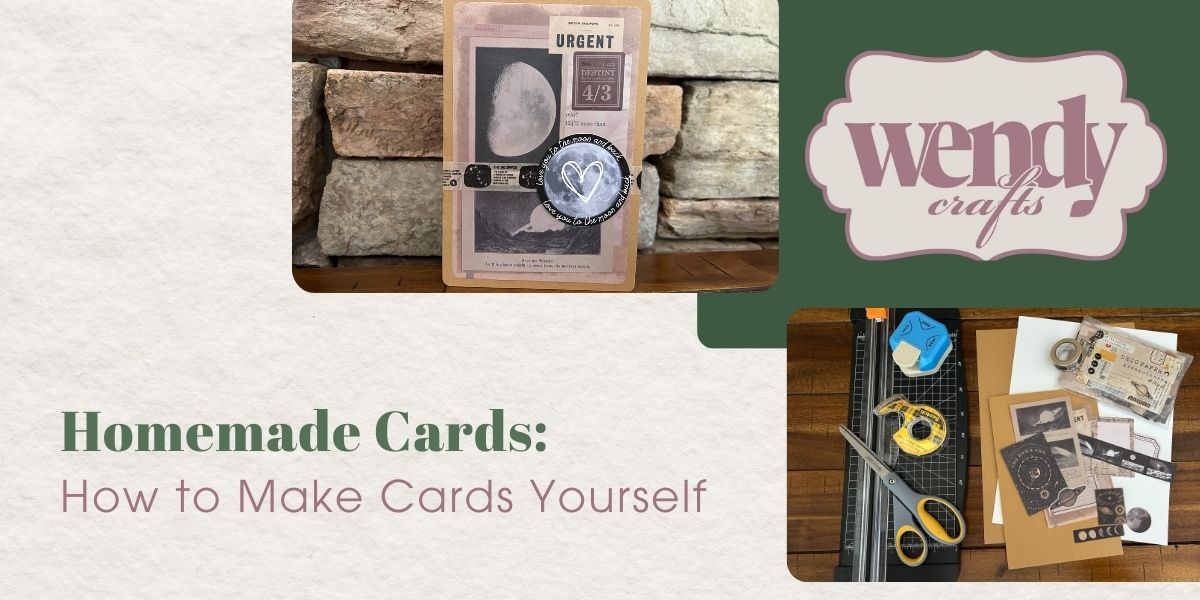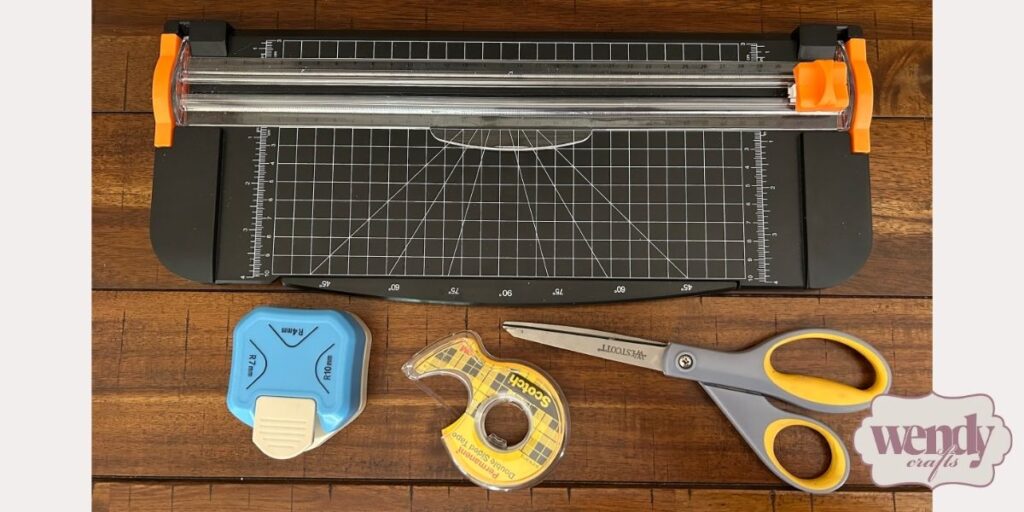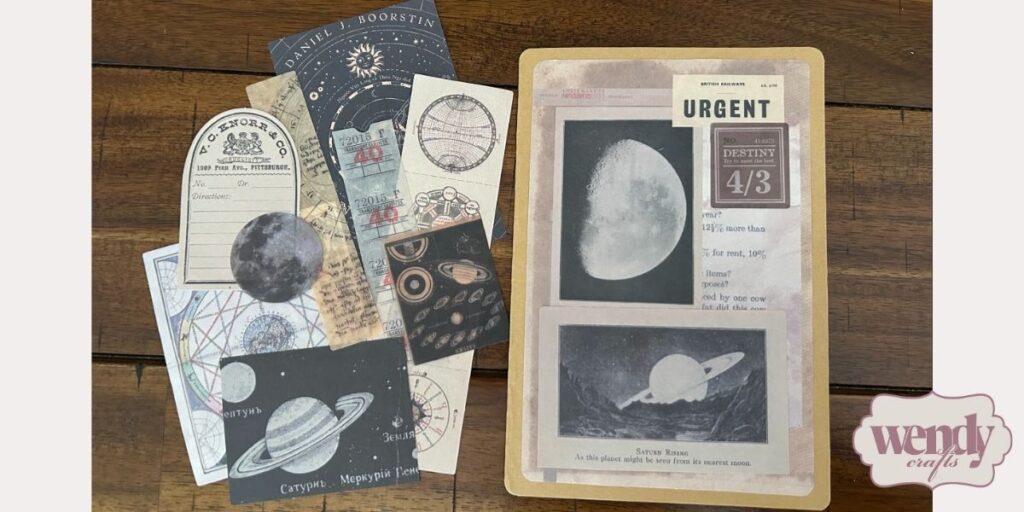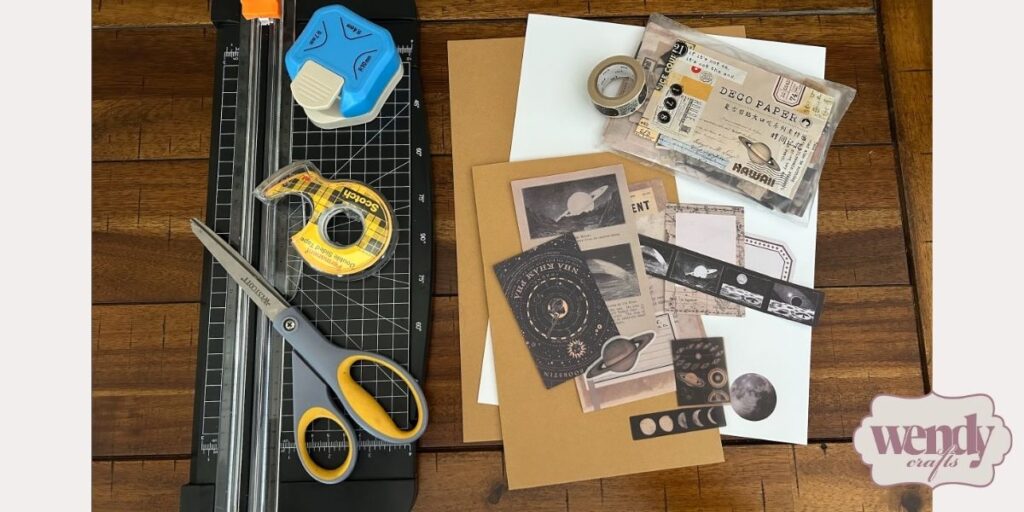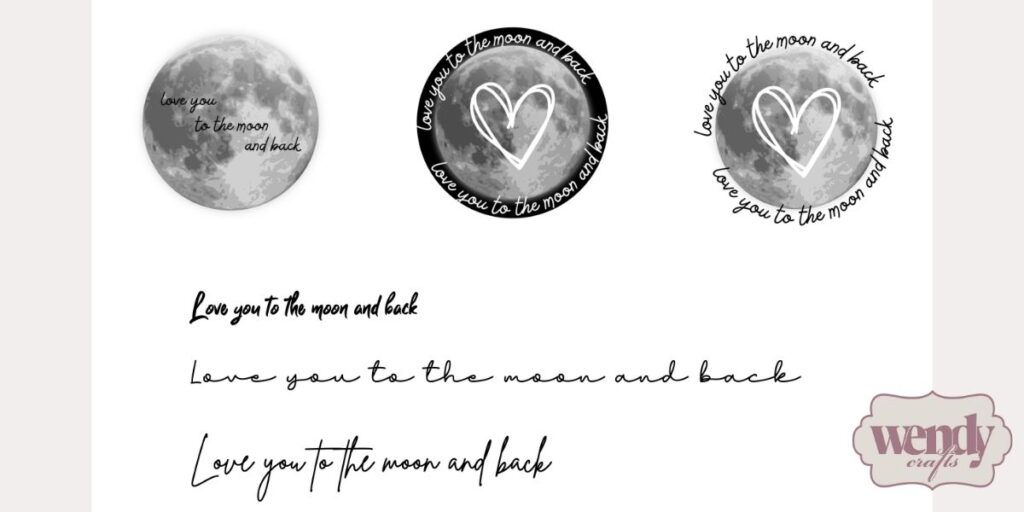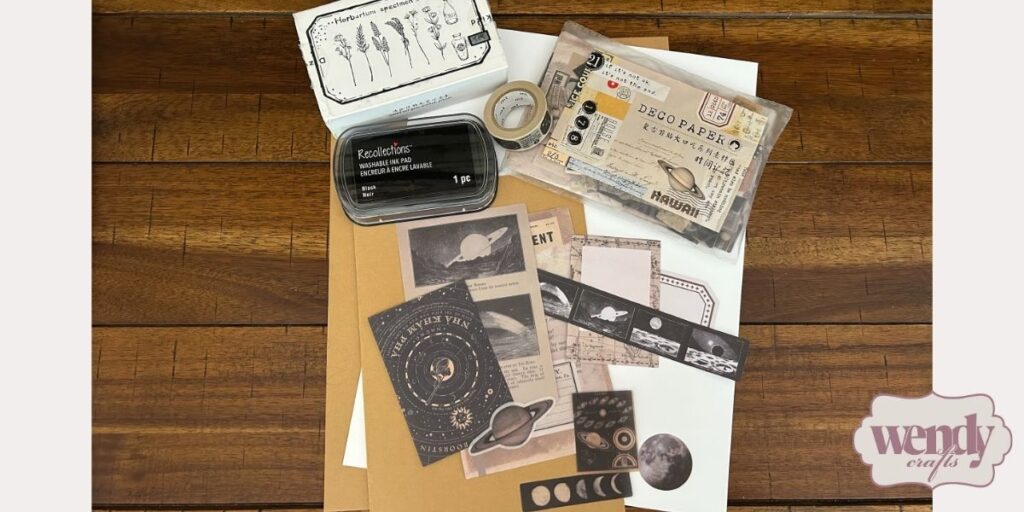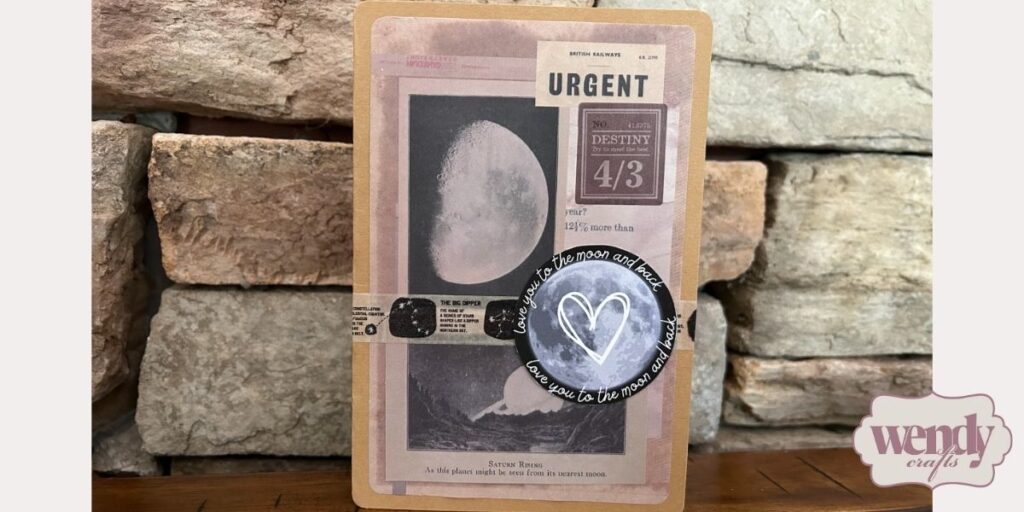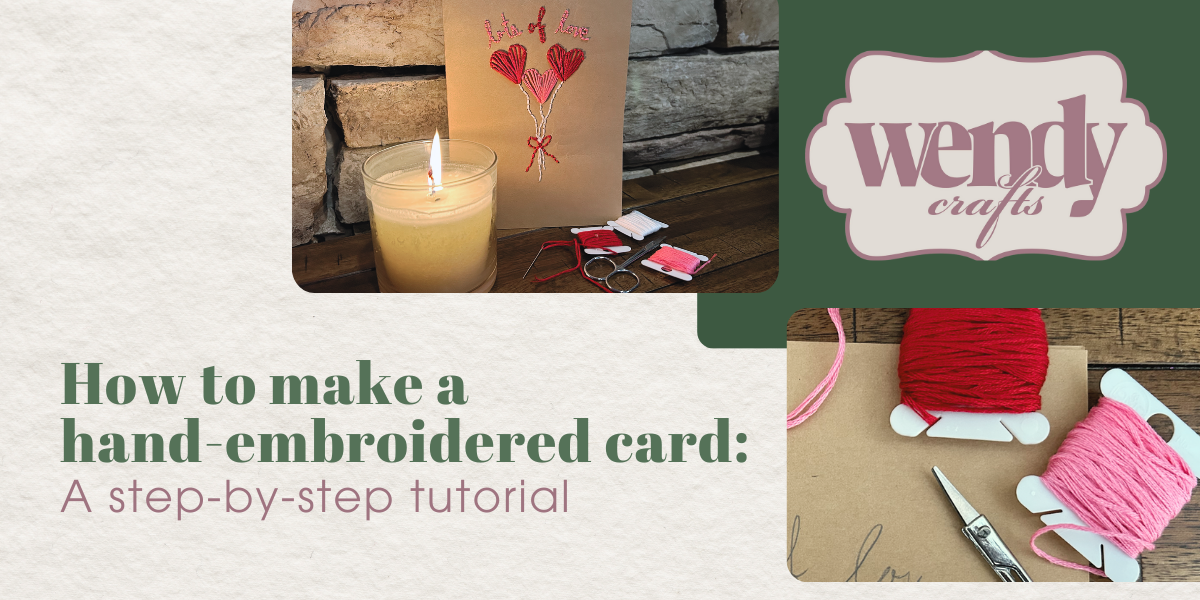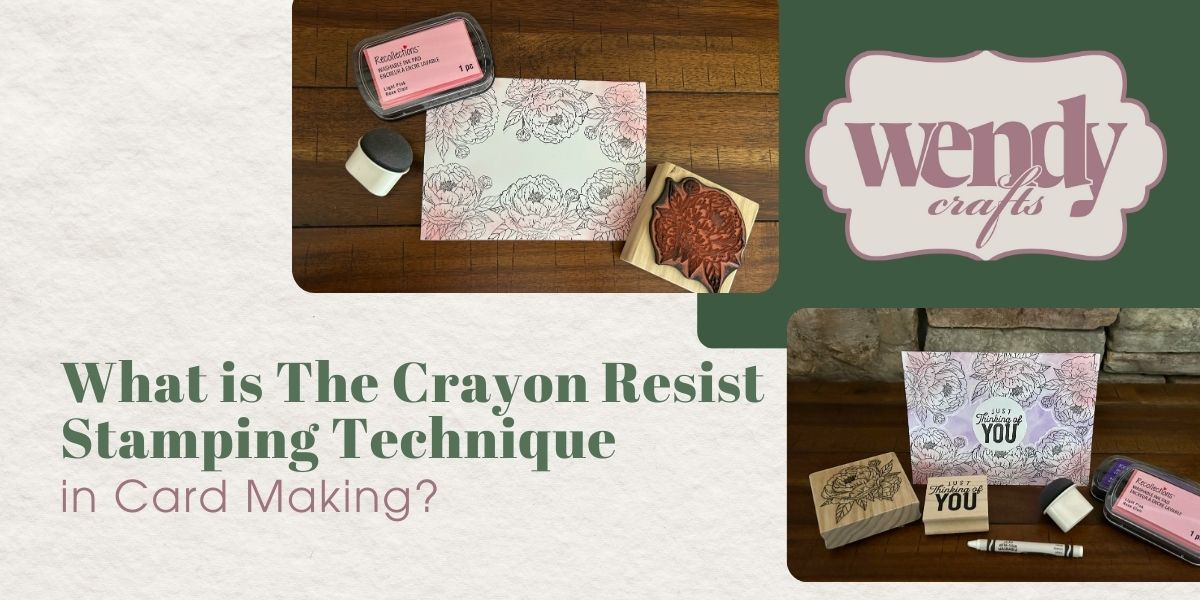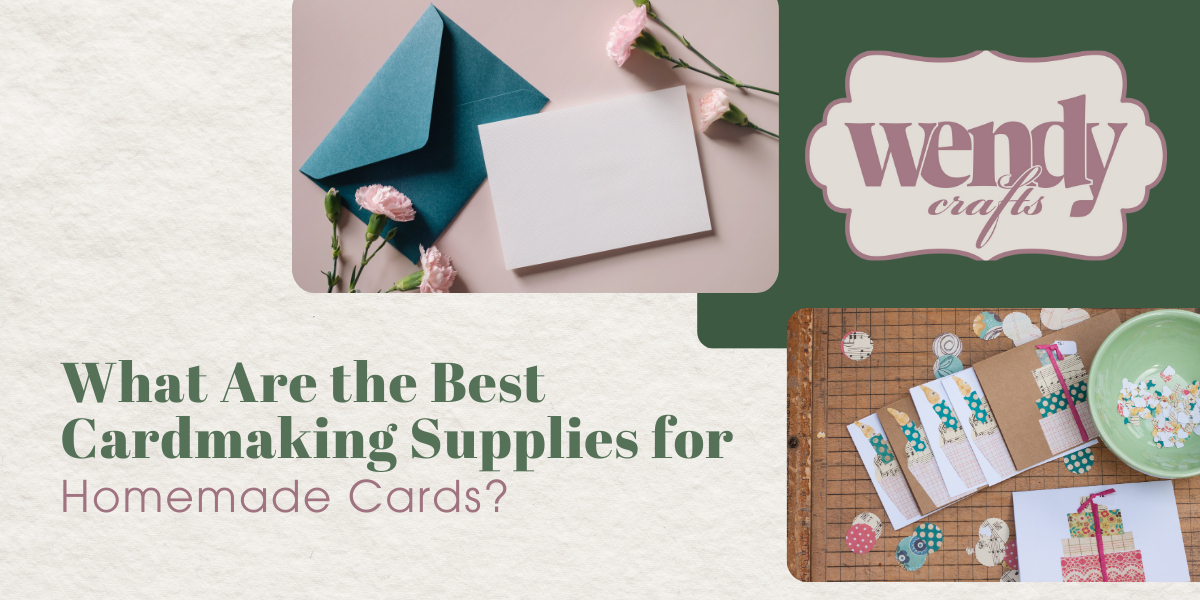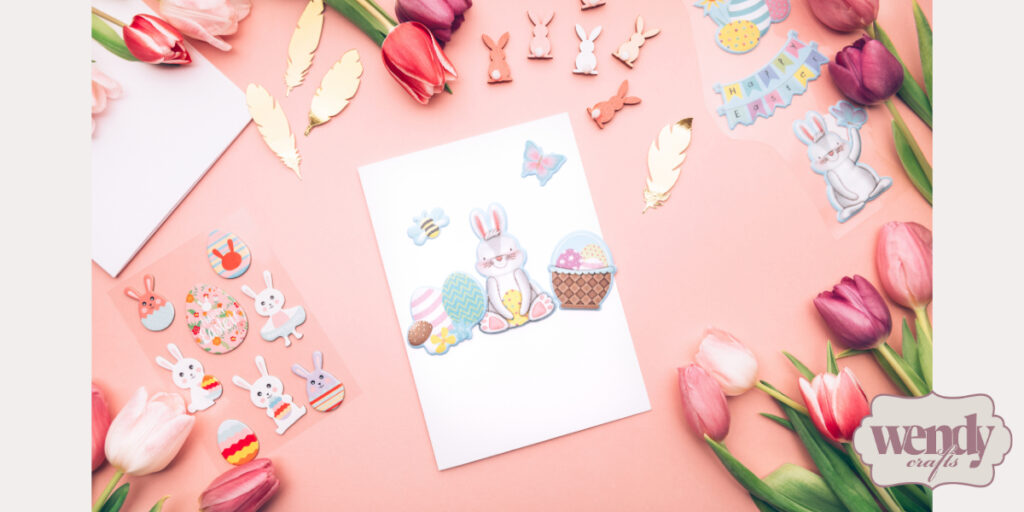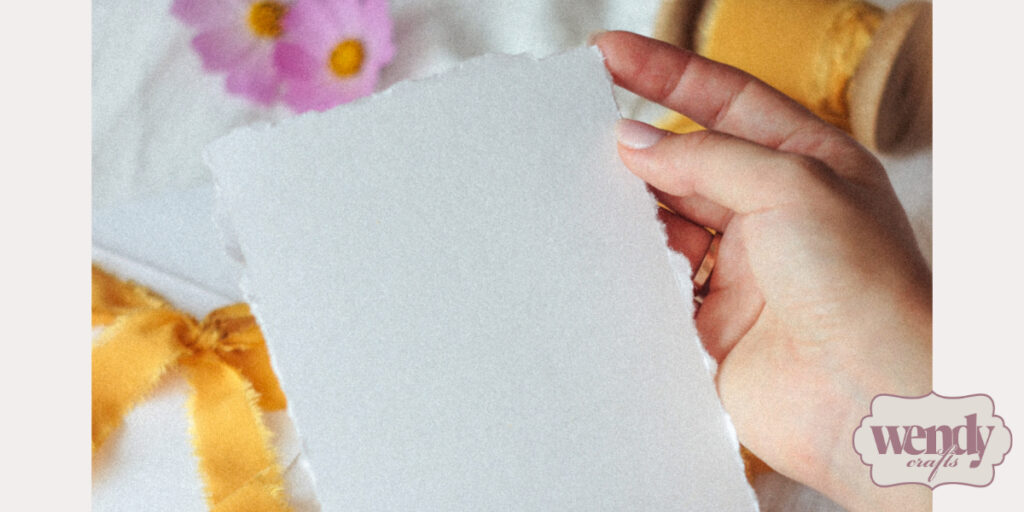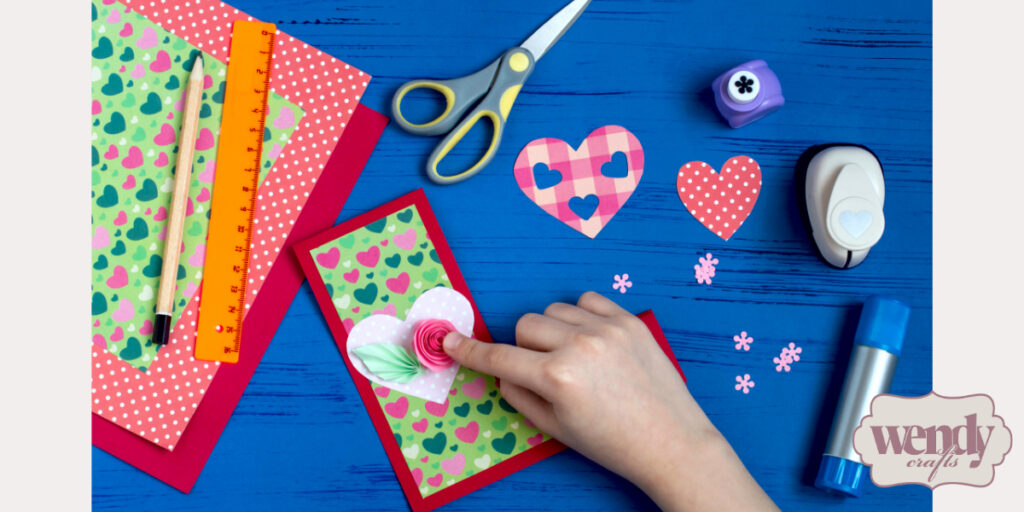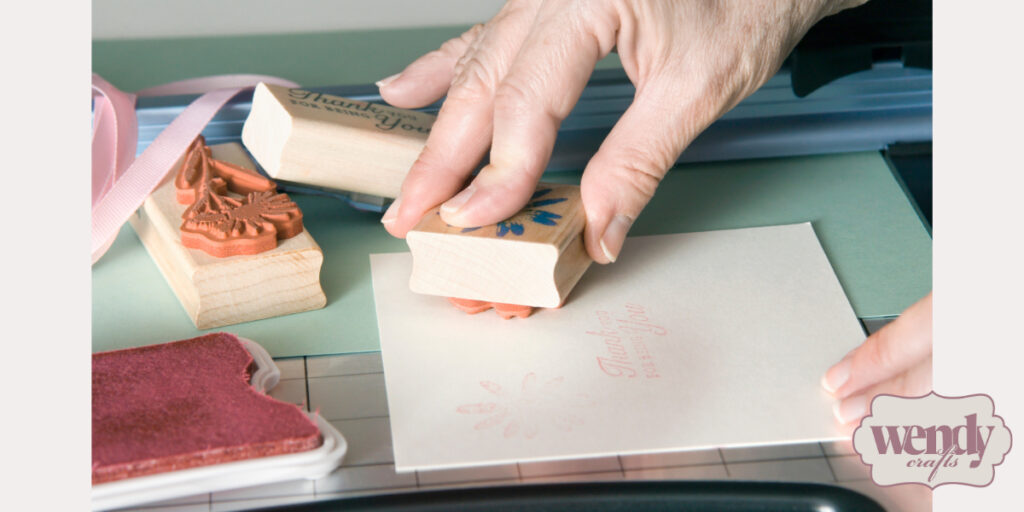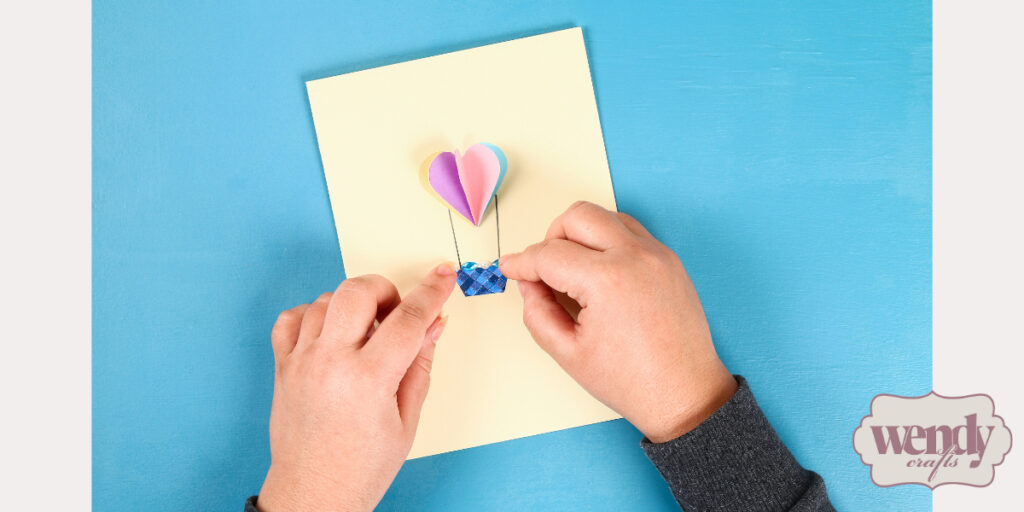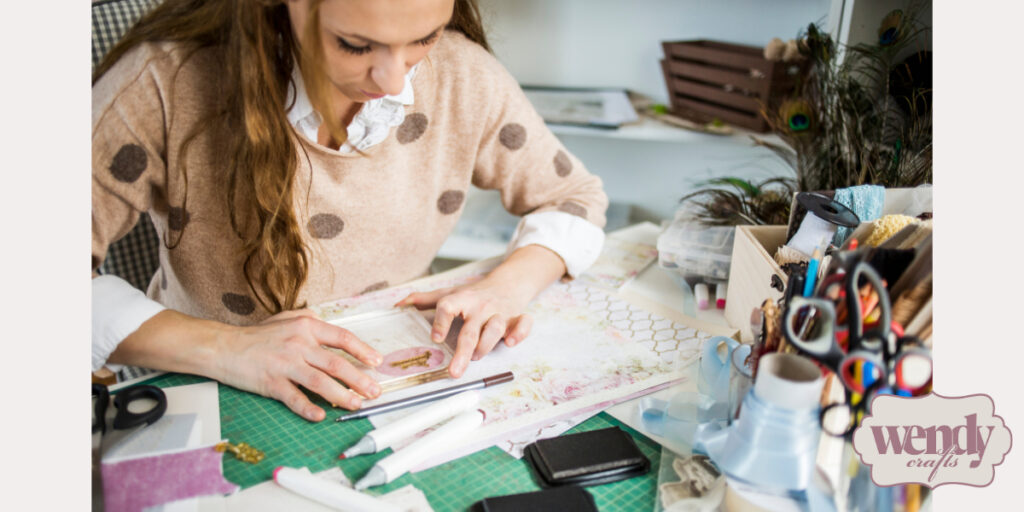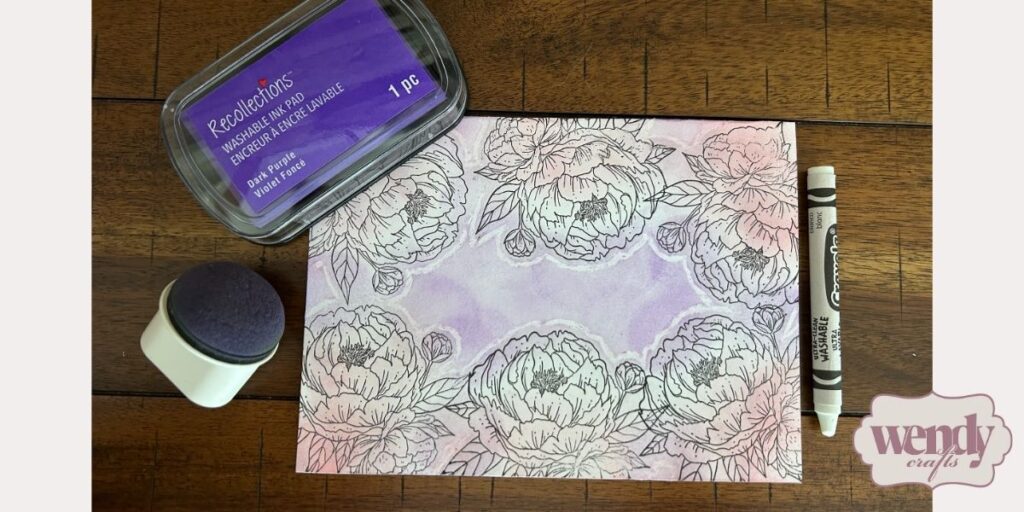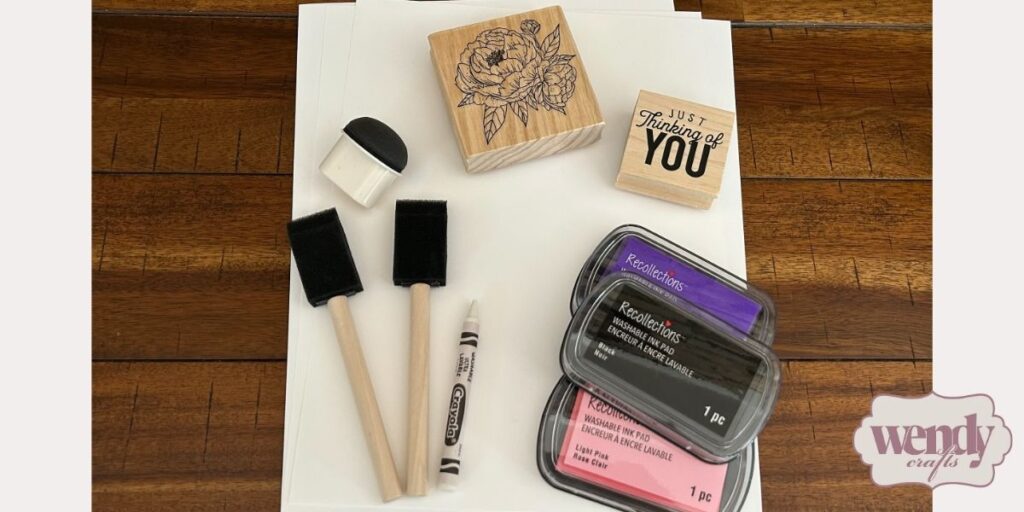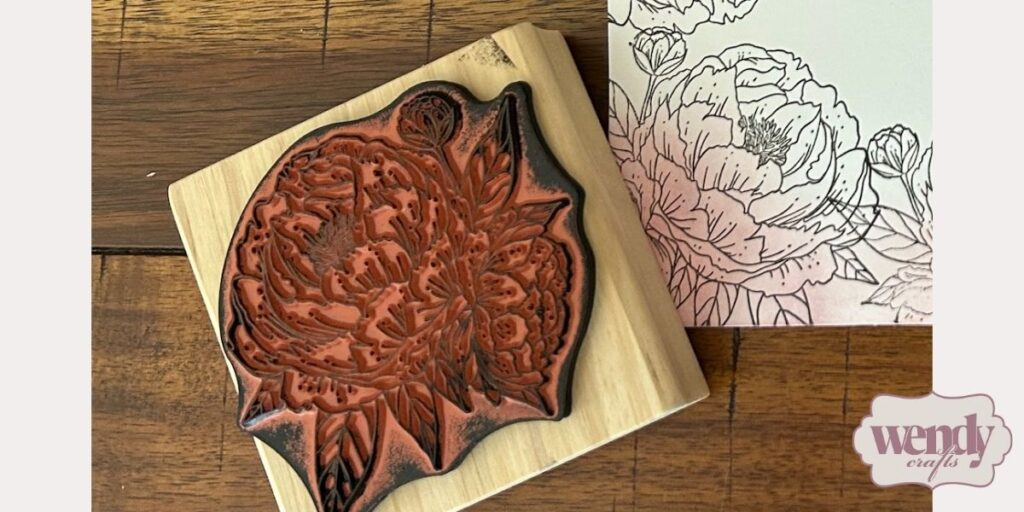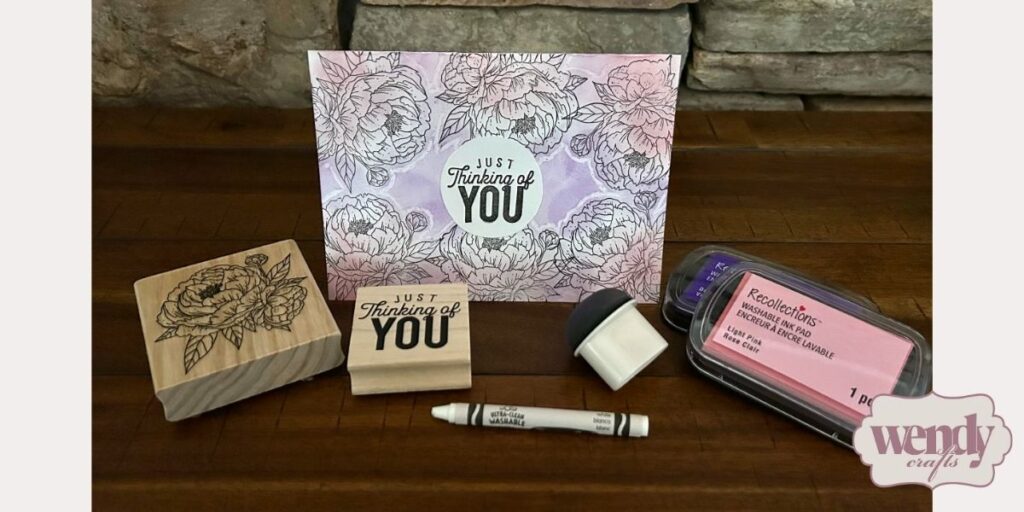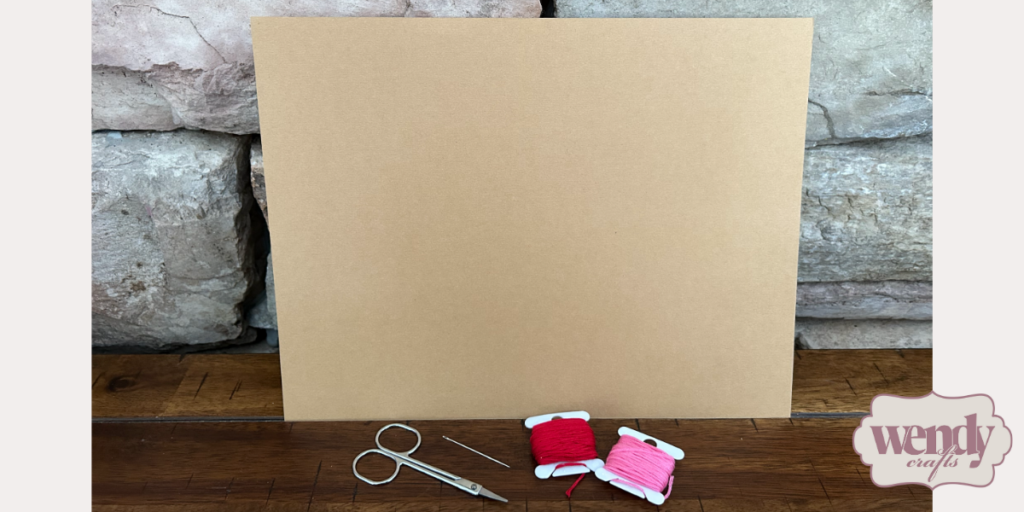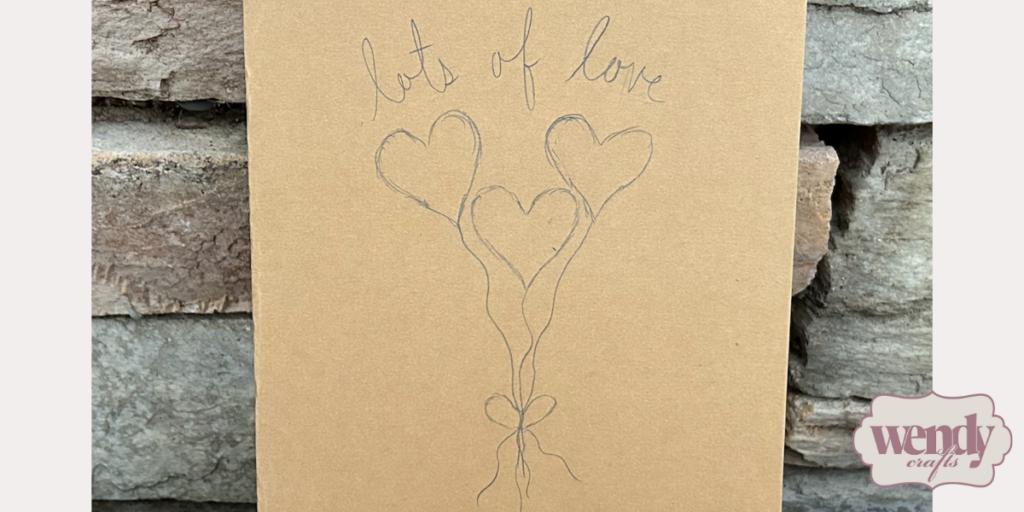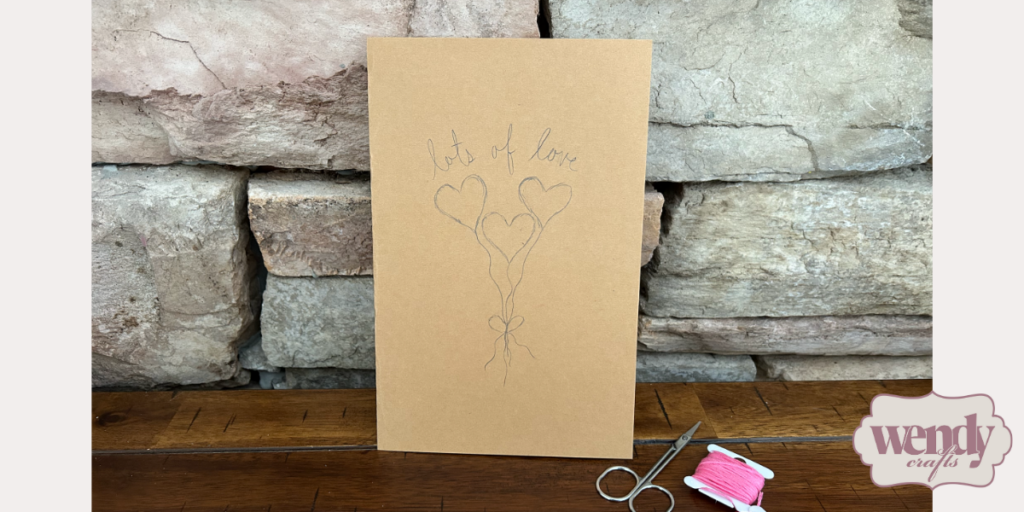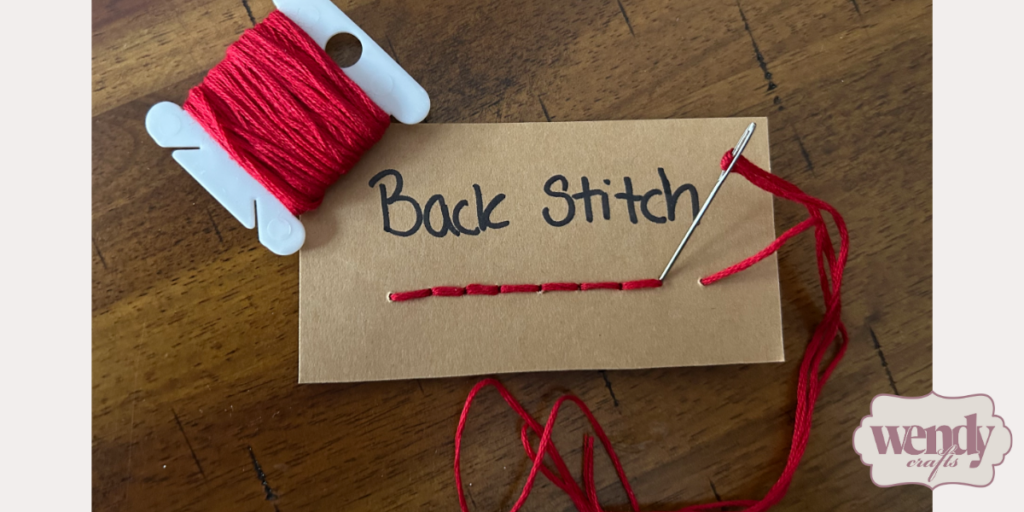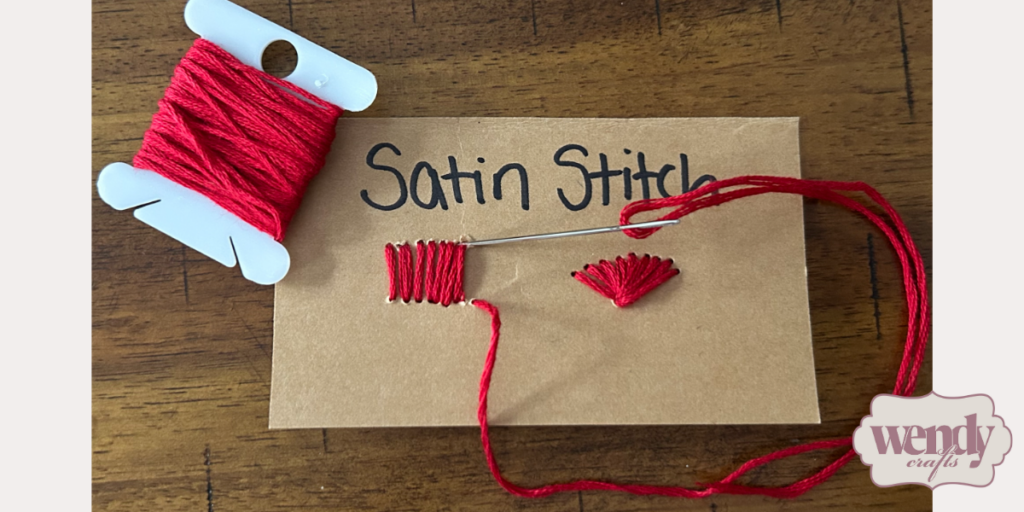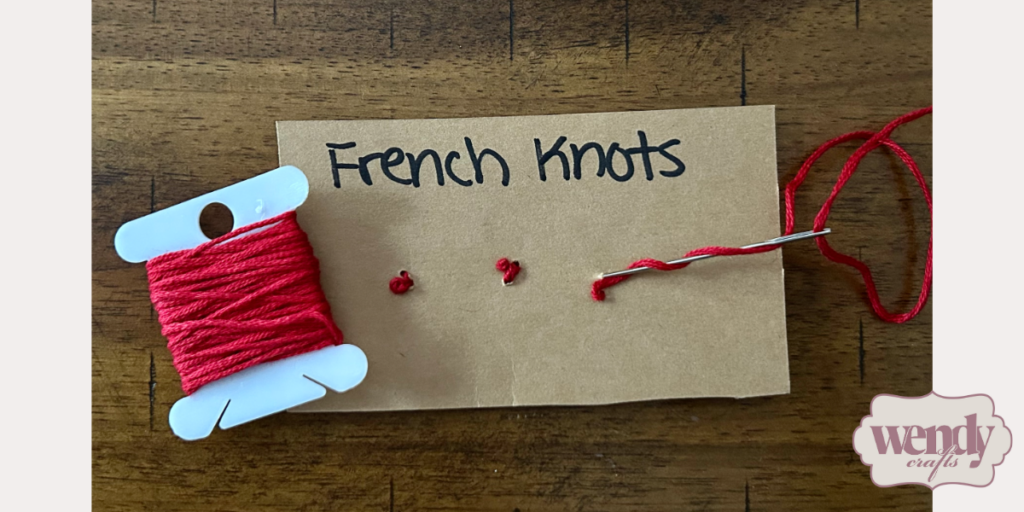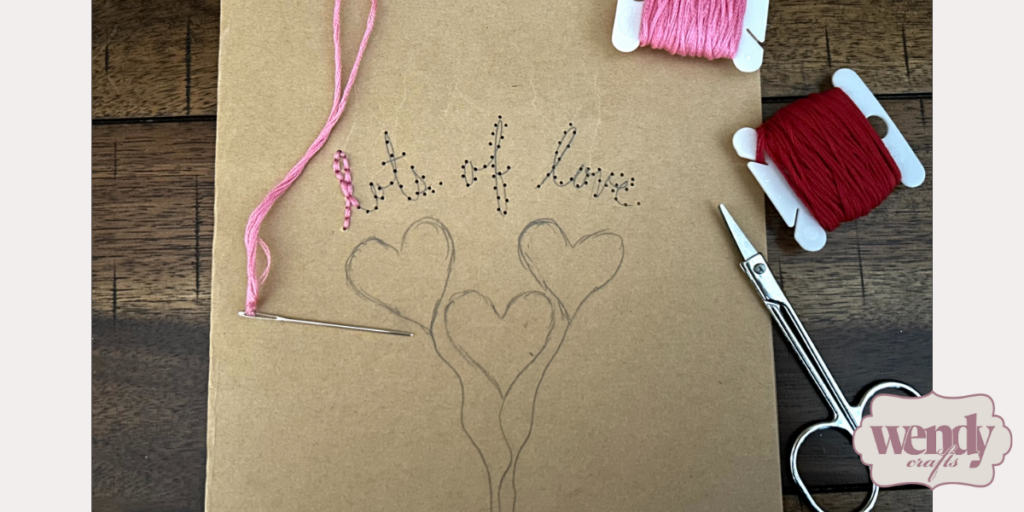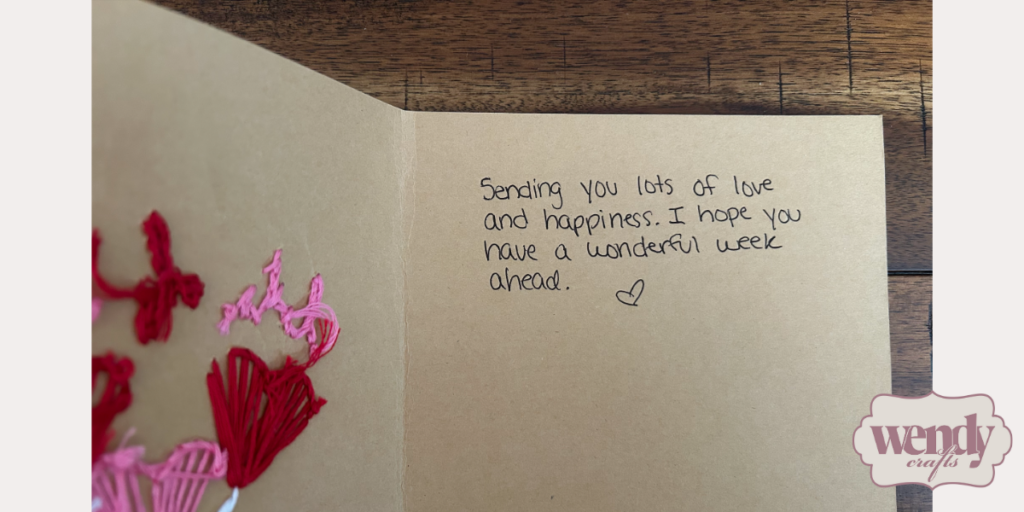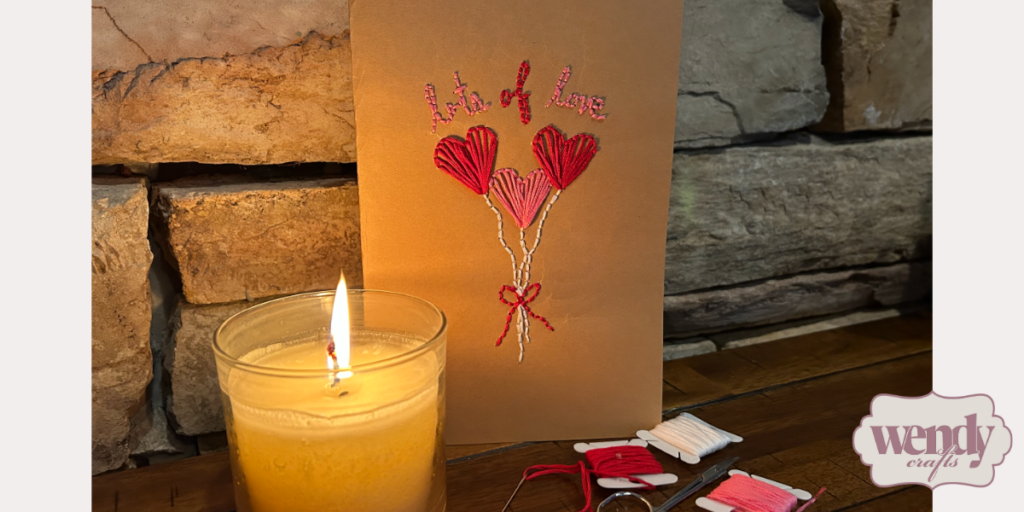Beyond the Craft: Building Belonging with Anna Griffin
You know, I’ve always believed that the real magic of crafting isn’t just in what we make, but in the connections we build along the way. When we share our creativity, something amazing happens – we turn our individual passions into a collective experience, and that’s where the real sense of belonging and well-being comes from.
Here at Wendy Crafts, I’m all about that – the power of creativity and community working together. And in my latest podcast episode, I got to chat with the incredible Anna Griffin about just that: how crafting and connection can really lift us up, creatively and emotionally.
At Wendy Crafts, I deeply believe in the transformative power of creativity and community. And in my recent podcast episode with the remarkable Anna Griffin, we explored that very heart of crafting and how the synergy of creativity and connection cultivates creative empowerment, and ultimately, nourishes our souls.
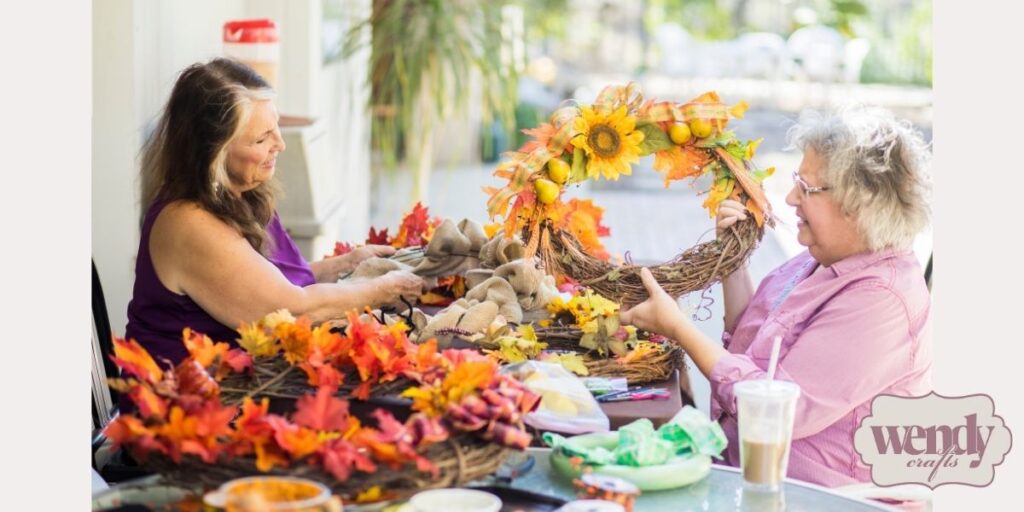
The Genesis of the Griffinites
Anna Griffin has built more than a wildly successful brand; she’s nurtured a vibrant community where the joy of creating is shared by everyone. Inspired by the “Janeites,” devoted fans of Jane Austen, the Anna Griffin community called themselves “Griffinites.” Initially, Griffin responded to this self-identified group with a degree of reluctance.
“I sort of pushed it away,” she admitted, “I was like, okay, you do whatever you want to do, however you want to call yourselves. I’m not worthy of having a group that names itself [after me].”
It took time, but Griffin eventually came to understand the true heart of her community. It wasn’t just about beautiful crafting supplies; it was about a sense of belonging and celebrating a shared creative spirit.
And that’s the magic, isn’t it? The feeling of connection, of understanding, and the joy of creating together. It’s not a solitary act; it’s a bond, a shared journey.
That’s what I cherish, and it’s what I hope to cultivate with my own crafting platform.

From In-Person to Virtual
Originally, Griffin needed to be face-to-face with everyone to experience a shared creative spark. That’s how her ‘Create’ events were born – a beautiful way to gather and craft together. While these in-person gatherings offered a unique and immersive experience, they also presented challenges regarding accessibility and scalability, limiting the number of participants and excluding those unable to travel.
The pivotal moment arrived during the pandemic, prompting a radical shift to virtual “Create and Crop at Home” events. “I was like, okay, I think we can do this virtually,” Griffin recalled. Suddenly, her crafting events were no longer just for people who could hop on a plane to attend in person–they became accessible to everyone, no matter where they were in the world.
Isn’t it wonderful how creativity finds a way? How technology can open up our world and tear down those geographical walls to bring together crafters from every corner of life? It’s a beautiful demonstration of how our creative expression can be so adaptable and so inclusive, even in the midst of turbulent times.

The Virtual Craft Room
The virtual craft room experience has become a cornerstone of Griffin’s online events, providing a dynamic space for participants to connect, share their creations, and forge lasting friendships. “It is a place that you can go… and sit at a [virtual] table as if you were in that first ballroom that we had.” Griffin described.
This virtual space really highlights how crafting, mental health, and well-being are so intertwined. It’s about belonging, about feeling seen and heard, and sharing in creative joy, no matter where we are. It creates a place where participants can experience the healing power of crafting together and be reminded that we’re never truly alone on our creative journeys.
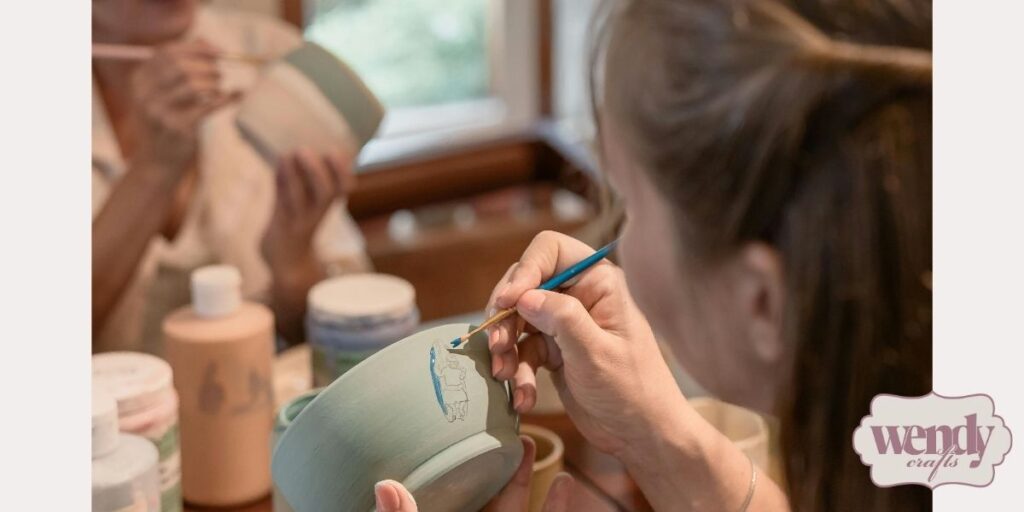
Aligning Creativity with Personal Growth
Griffin’s decision to focus on self-reflection as this year’s theme reflects an intentional shift towards creating products that carry deeper emotional messages and encourage personal introspection. “It’s the message from the heart,” she stated, referencing products like the “Beautiful Blessings” sticker set that embody this theme.
Crafting is a powerful tool for self-expression and personal development. It’s a way to see inside ourselves, to really explore those thoughts and feelings that sometimes get buried, showcasing crafting inspiration for personal growth.
Griffin isn’t just selling paper and stickers; she’s giving us tools allowing us to talk to ourselves and figure things out. She facilitates using creativity to understand yourself better and to actually grow as a person.

Overcoming Barriers to Creativity
Sometimes, our creative efforts are thwarted because of obstacles that stand in the way. Those obstacles may be sudden and obvious, or they may be subtle in nature, sneaking up on you without you noticing. Two in particular, busyness and self-doubt, seem to plague crafters the most.
Time, or Lack Thereof
Does it feel that no matter how hard you try, there’s no time for crafting in your schedule? Sure, life is often seasonal where we occasionally go through “busy seasons” that cause us to hit the pause button on certain leisure activities. But sometimes it’s about failing to treat creativity with the intention that we would for other forms of self-care.
“Making time is exactly that. Make it,” Griffin emphasizes, encouraging individuals to prioritize crafting and allocate time for activities that bring joy and fulfillment. It’s not about finding extra hours in the day; it’s about deciding that you’re worth those hours.
Self-Doubt
What about that little voice inside that whispers, “You’re not good enough?” I’ve heard it myself and, let me tell you, it’s a real creativity killer.
Griffin has this no-nonsense attitude about that inner critic that tries to hold us back: “Just get rid of it. Go away!”
Her approach to crafting emphasizes simplicity and accessibility, regardless of skill level. I love how it’s like she’s handing out permission slips to be creative, no experience required! That little nudge can be huge in unlocking a little door inside everyone to their own creative power.
When you’re no longer worried about messing up or being judged, suddenly you’re just enjoying the act of creating.

The Kitchen Table
You know, I just love the image of the kitchen table as a creative workspace. For many of us, it was the place where we were introduced to crafts. A kitchen table is homey, inviting, and encourages playing and enjoying the creative process.
You don’t need a fancy studio or have all the right tools in order to be a creative. Creativity is about sitting down, wherever you are, and just making something. Crafts made at a kitchen table can be just as valuable or meaningful as ones made in a formal “art space.”
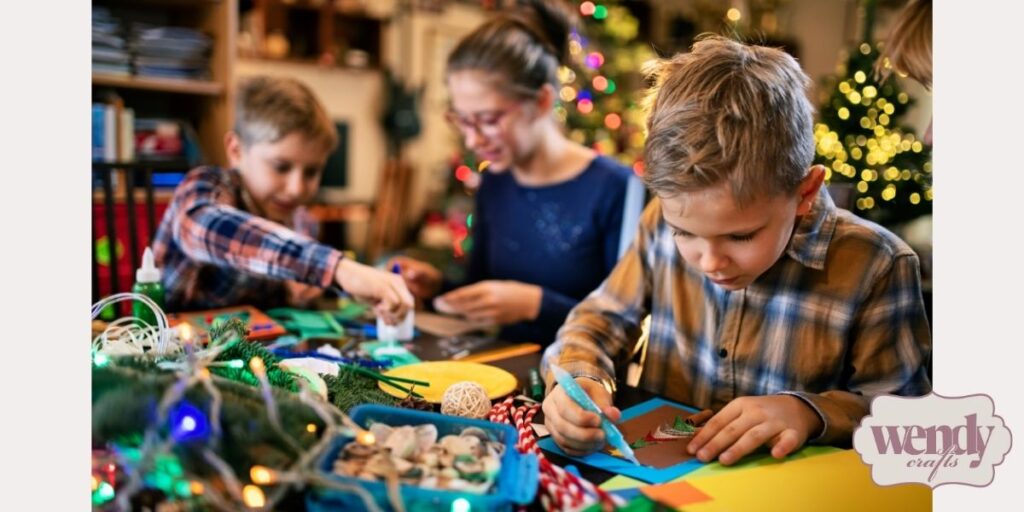
Finding Your Creative Tribe
Crafting, at its core, isn’t just about the stuff we make. It’s about the connections we build, the communities we find, and how we empower each other along the way. Anna Griffin’s story and the “Griffinites” crafting community prove that shared creativity can serve as a force for good, a way to heal, and a way to truly belong.
At Wendy Crafts, I believe everyone possesses a creative spark that’s waiting to be ignited. I encourage you to find your creative tribe—whether it’s online, connecting across miles, or in your own neighborhood, sharing laughter and glue sticks in person.
To learn more about Anna Griffin and the importance of crafting, listen to the entire Wendy Crafts podcast episode!

